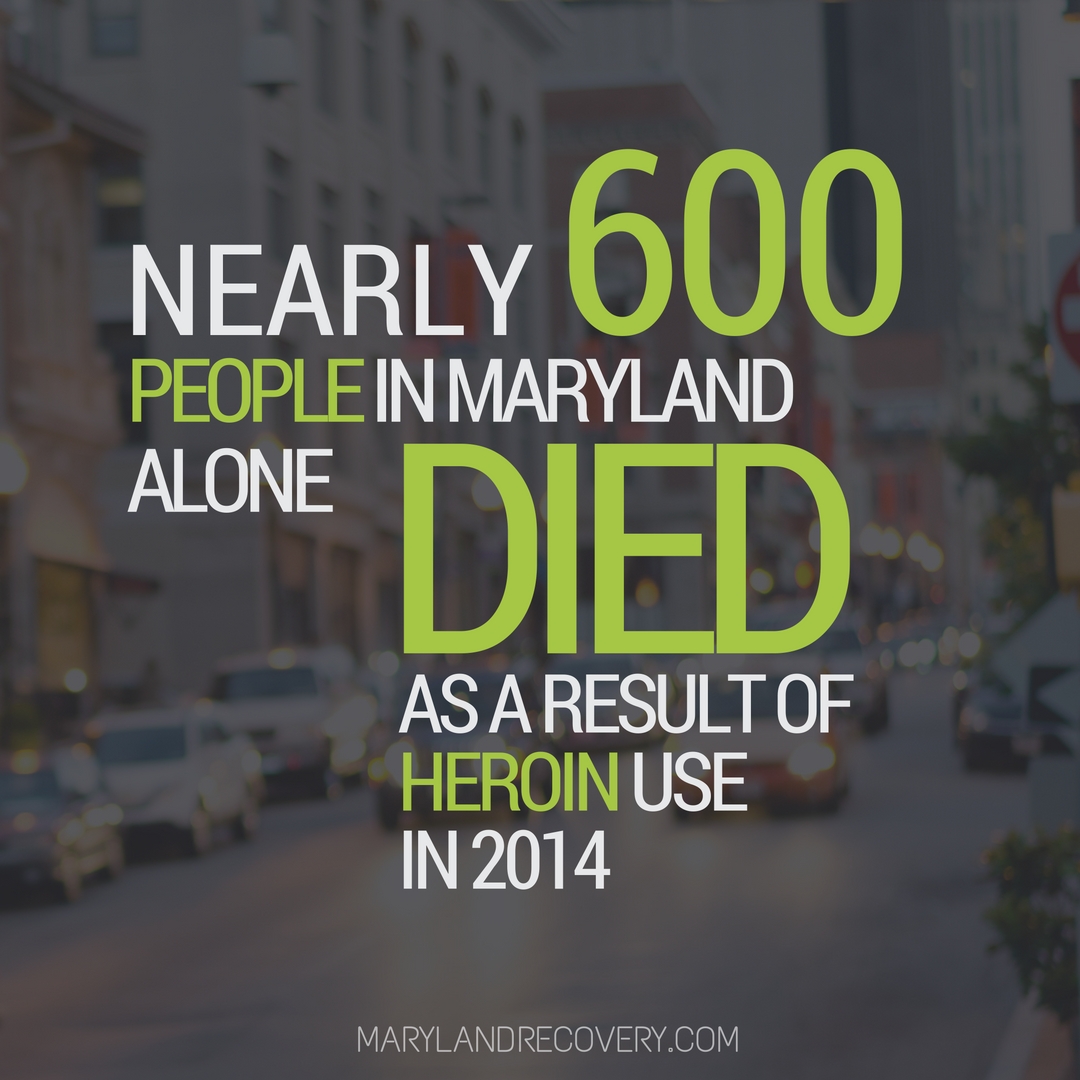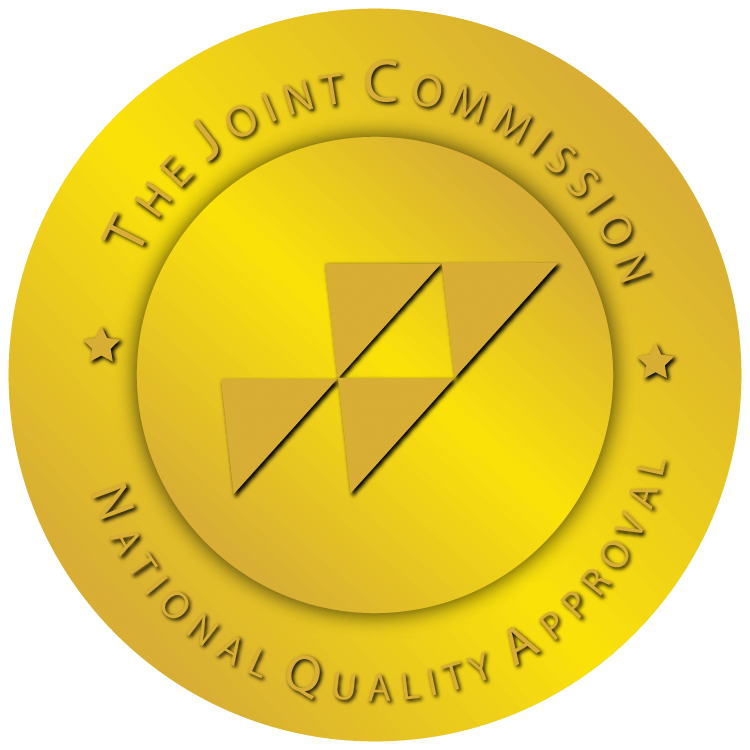Who Does Heroin Addiction Typically Affect?
When talking about the treatment of heroin addiction, it’s important to know the scope of what we’re up against. Maryland The stereotypical image of someone struggling with heroin addiction was much different just a few decades ago. In the 1960s and 1970s, opioid drugs were most likely to be abused by individuals living in low-income environments. Typically, heroin was their first exposure to opioid drugs. Things have changed considerably since those days.
A recent study published in the Journal of the American Medical Association revealed that today’s opioid addict is most likely to be in his or her early 20s, affluent, hailing from the suburbs or living in a rural community. Additionally, most of these individuals are introduced to by way of prescription drugs, primarily well-known painkillers like Percocet, OxyContin and Vicodin.
It’s important for families and friends of those affected by heroin addiction to know what the problem looks like today. That way, loved ones can respond accordingly and assist a struggling person toward getting the help they need.
How Does Heroin Addiction Start?
The reasons why individuals eventually end up addicted to heroin are varied. For some, the journey toward addiction started with softer drugs like marijuana or MDMA. For others, a friend or significant other may have introduced the drug into their life via peer pressure.
One of the most common ways that individuals become addicted to heroin today, however, has everything to do with the overprescription of powerful opioid drugs. In the past two decades, prescription opioid drug use has increased significantly – and typically for legitimate reasons.
Unfortunately, this has also led to numerous Americans abusing or misusing their prescription painkillers. If their body gets used to the impact of opioid drugs in their system, then the individual will be far more likely to seek out other forms of opioids to use.
This phenomenon has lead an unprecedented number of individuals to use and abuse heroin, as no prescription is needed and they can find it relatively cheap on the street. In fact, recent CDC data suggests that about three out of every four new heroin users have indicated abusing prescription opioids prior to trying heroin.
Heroin Addiction Treatment FAQs
We’re just getting started on this vast, complex topic. Read through our answers to several frequently asked questions on heroin to learn about spotting the signs of addiction and how the treatment and recovery process should be handled:
What Happens During Heroin Detox?
Heroin detox is often the very first step in the formal recovery process, and it’s a different experience from person to person. The individual’s overall health and their history with drug abuse will determine whether the detox process lasts several days or several weeks.
In cases of extreme and lengthy history of abuse, the patient’s body must taper off opioid drugs to avoid life-threatening withdrawal symptoms. Physicians must administer controlled doses of opioids and other medications or supplements to guide this process to completion without risking the health of the patient.
The detox treatment team may prescribe one of these medications to help wean the patient off heroin:
- Buprenorphine (Suboxone)
- Methadone
- Naltrexone (Vivitrol)
How Long Does It Take to Detox from Heroin?
Acute heroin withdrawal will usually manifest sometime between six and 24 hours after the last dose of heroin. The more severe the addiction, the earlier the withdrawals symptoms will appear.
Acute withdrawal will usually hit its peak about three days after the onset of the withdrawal symptoms, and it typically subsides after approximately a week. It only lasts longer than a week in cases of extreme addiction.
Again, an individual’s health and history of heroin abuse will determine how much discomfort they experience during detox. Some may experience mild symptoms such as chronic nausea or vomiting, while others may experience more painful symptoms as the harmful chemicals slowly leave the body.
Though the detox process may involve some temporary discomfort on the part of the patient, these experiences are ultimately shorter and less extreme than the symptoms of long-term drug abuse or unassisted withdrawal. This is why we always recommend undergoing detox in a professional treatment facility.
Potentially heroin withdrawal symptoms include:
- Restlessness or insomnia
- Runny nose or excessive tears
- Heavy sweating
- Muscle aches and spasms
- Diarrhea
- Fatigue
- Panic or anxiety attacks
- Irritability or aggression
- Elevated heart rate
- Hallucinations
- Convulsions
- Seizures
These symptoms can be alleviated, mitigated or outright avoided if the individual has a professional team supervising and treating him or her throughout the detox process.
How Common Is Heroin Relapse After/During Treatment?
The sad reality is that the risk of a person relapsing after completing treatment for heroin addiction is extremely high. In some studies, more than 90 percent of patients who were monitored after treatment ultimately relapsed, with nearly 60 percent returning to heroin use within a week of treatment.
Friends and family should not lose hope. Instead, it’s necessary in the case of heroin addiction to recognize that relapse is typically a part of the recovery process. Opioid addiction is exceptionally powerful, and many individuals need several sessions of rehab and outpatient therapy before they build up the skill set and support system to quit the drug for good.
What Are Some Signs and Symptoms of Heroin Relapse?
Heroin use takes its toll on an individual quickly. It’s not long before the physical effects of the drug and the social pressure of hiding an addiction begin to manifest as hints to loved ones that there’s a problem in the home. When it comes to relapse, the early signs will look very similar to the types of behavior that characterized the individual’s initial heroin abuse.
These symptoms and signs include:
- Frequent itching
- Unexplained nausea
- Chronic vomiting fits
- Labored breathing
- Slowed heart rate
- Sudden money problems
- Defensive behavior
- Signs of theft or dishonesty
- Limited interest in family time
Keep in mind that the risk of overdose is even higher during relapse, since the person’s tolerance to the drug likely decreased during the period of treatment. If you suspect your loved one has taken up heroin use again after a period of abstinence, it could be a life-or-death decision if you delay getting him or her back into treatment. Act quickly.
What Are Some Common Illnesses that Stem from Heroin Abuse?
If the symptoms of a relapse go ignored, or if the individual is unable to attend treatment in the first place, the risk for tragedy is high. Untreated heroin use will eventually develop into several of the following symptoms and long-term health conditions:
- Heart disease
- Lung disease
- Liver complications
- Speech disorders
- Bacterial infection
- Tremors and seizures
- Neurological damage
- Psychiatric disorders
- HIV or Hepatitis (from needle use)
How Does Heroin Abuse Impact Families?
Heroin addiction does more than harm the user. An untreated heroin problem can tear a family unit apart, sometimes in a very short amount of time.
These are just a few of the ways that heroin addiction can negatively impact everyone within the family it touches:
- Money problems
- Trust issues
- Impaired driving risks
- Emotional abuse
- Weakened job attendance or performance
- Decreased mental wellness
- Toxic enabling relationships
- Adolescent exposure to illicit drug use
It’s important to remember that long-term heroin use can decrease the brain’s white matter, which can impact your loved one’s ability to:
- Make sound, logical decisions.
- Respond to stressful situations.
- Regulate one’s own behavior.
See this helpful article on the importance of family involvement in a loved one’s recovery process:
The Family’s Role in Recovery












